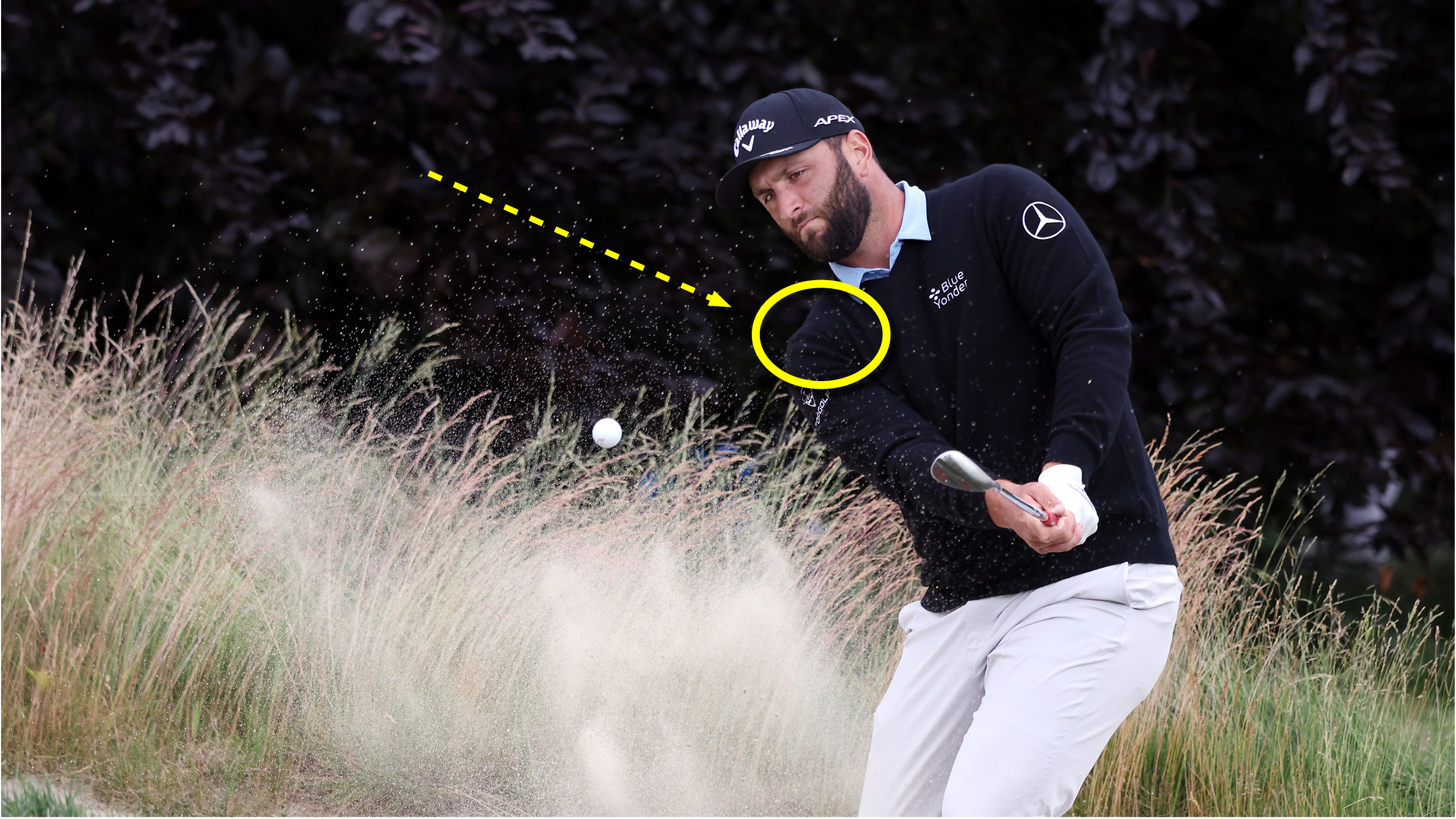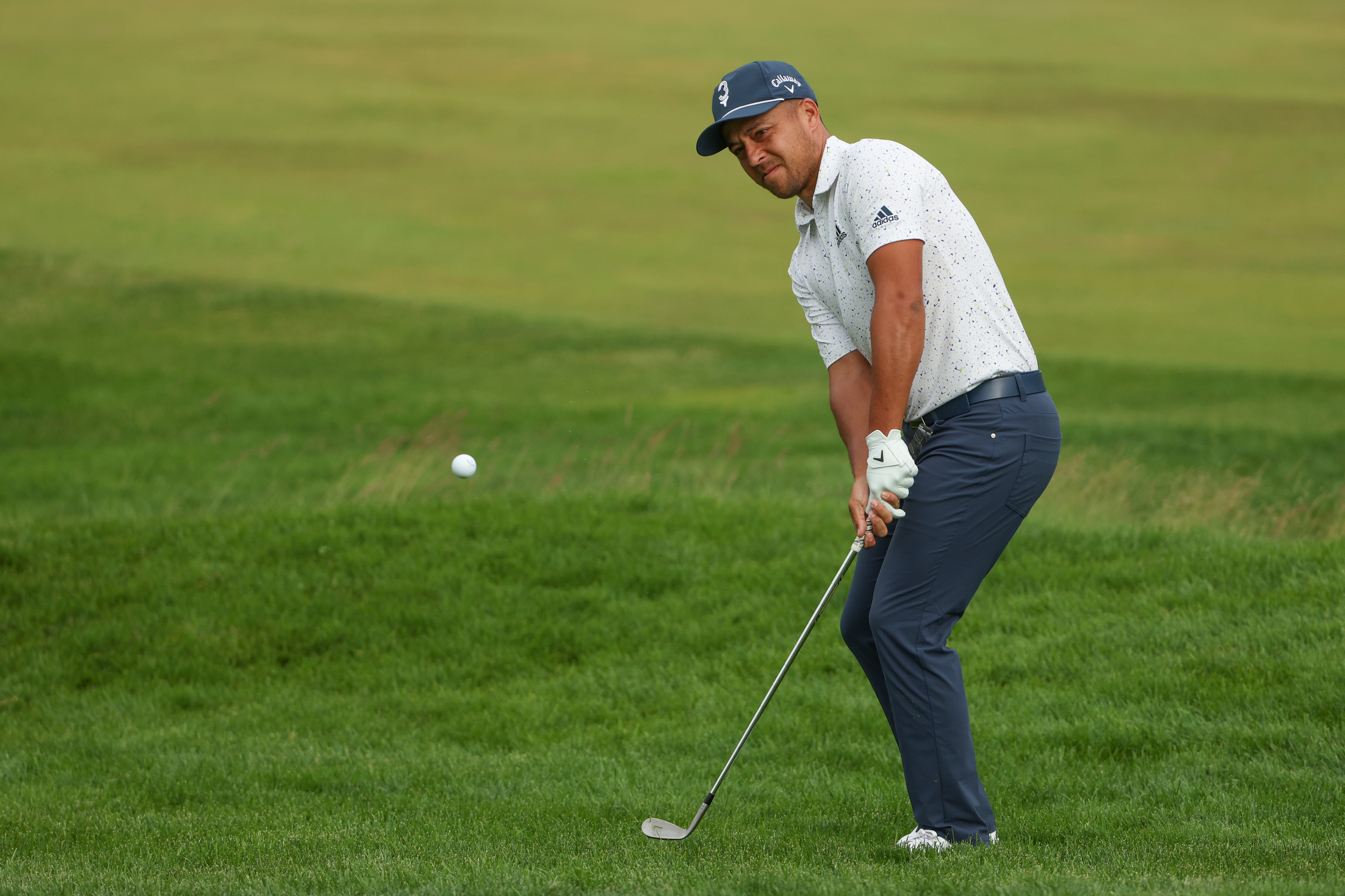6 Things All Great Wedge Players Do (That You Don't!)
In this feature Martin Hopley speaks to wedge guru Roger Cleveland about the 6 things all great wedge players do (that you don't!)


We all marvel at the skills that the world’s best players have with their wedges, whether it is from the sand or around the greens. Their killer short games regularly turn 3 shots into 2, or sometimes even 1, to keep the pars and birdies on the card and the bogeys off it. So what are the key fundamentals that the great wedge players do that you can learn from?
Roger Cleveland of Callaway has worked with and designed clubs for some of the greatest wedge players in the game such as Seve Ballesteros and Phil Mickelson so we asked him for some advice on what they do that you can learn from to improve your short game too.
1. Create the space with your stance
A professional’s stance for flop shots and bunker play creates space that allows them to lower their hands at address to create loft. Most amateurs stand too close to the ball in these scenarios which means the club is coming in with a steeper angle of attack and less loft. Widen your stance, get your body angles right and allow your hands to sit a little lower to create space for your swing and add loft to the club.

2. Keep your shoulder height
The wedge face needs to travel on a long arc and therefore your right shoulder position (for right handers) is key. The best players keep the height in their right shoulder from address through the shot so that the club head is released by the downswing activating the rotation of the body to hit the shot. Look at how, in the photo above, Jon Rahm's body has rotated through the shot even though he's only hitting the ball a short distance.
A useful drill here is to take a stance with the trailing foot pulled back as if you are hitting a draw and then swing the wedge with your right hand if you are a right handed player.
Subscribe to the Golf Monthly newsletter to stay up to date with all the latest tour news, equipment news, reviews, head-to-heads and buyer’s guides from our team of experienced experts.
3. Keep your arc constant
With their wedges, Steve Stricker and Jason Day are renowned for using their shoulders and arms to create the momentum in the swing rather than the hands. This keeps the path and tempo of the arc of their swing consistent and avoids them getting too handsy by setting and un-setting wrists. This technique ensures that your swing stays wide and your body rotates to keep the speed rather than stopping and starting the body.
4. Make sure you follow through
Make sure you follow through on your swing rather than hit down on the ball and stop after impact. The best players follow through to a finish as this helps create a smooth motion with the right speed to get the ball up and out. You don’t have to swing hard but just hard enough to have a good follow through.

5. Improve your shot selection
Pro’s practice more and also practice a greater variety of shots so they have more to choose from for any situation on the course. Amateurs are frequently too ambitious and go for the glory shot hoping against hope that it comes off.
To understand the shots you hit consistently, practice with the face square and experiment with different lofts to get a feel for how the wedge interacts with the ground. Try and get a menu of 4 or 5 shots to choose from that can send the ball high and low over short and long distances. Once you have those down then expand your repertoire. When you are pitching ball from over 40 yards, you can start testing cutting across the ball a little to get your confidence up.
One of the mistakes amateurs make is too much shaft lean at address with the hands either too far ahead or behind the ball. Remember the best golf wedges for your game will have the right amount of bounce - too much shaft lean will counter the bounce on the club and lead to big divots from hitting shots fat.
6. Improve your course strategy
Once you have your shot selection options nailed down then make sure you leave yourself with the chance to use them. Pro’s don’t leave themselves in a position where they have to make a shot they have not practised or have a specific club for. If that means laying up or taking a club that cannot put you in a difficult spot then so be it. Remember, it’s not how, but how many.
Martin Hopley is one of the foremost UK equipment reviewers with over 20 years' experience. As the former founder of Golfalot.com he was an early pioneer of online reviews and has also been a regular contributor to other titles. He is renowned for his technical knowledge and in-depth analysis, which he now brings to Golf Monthly.
